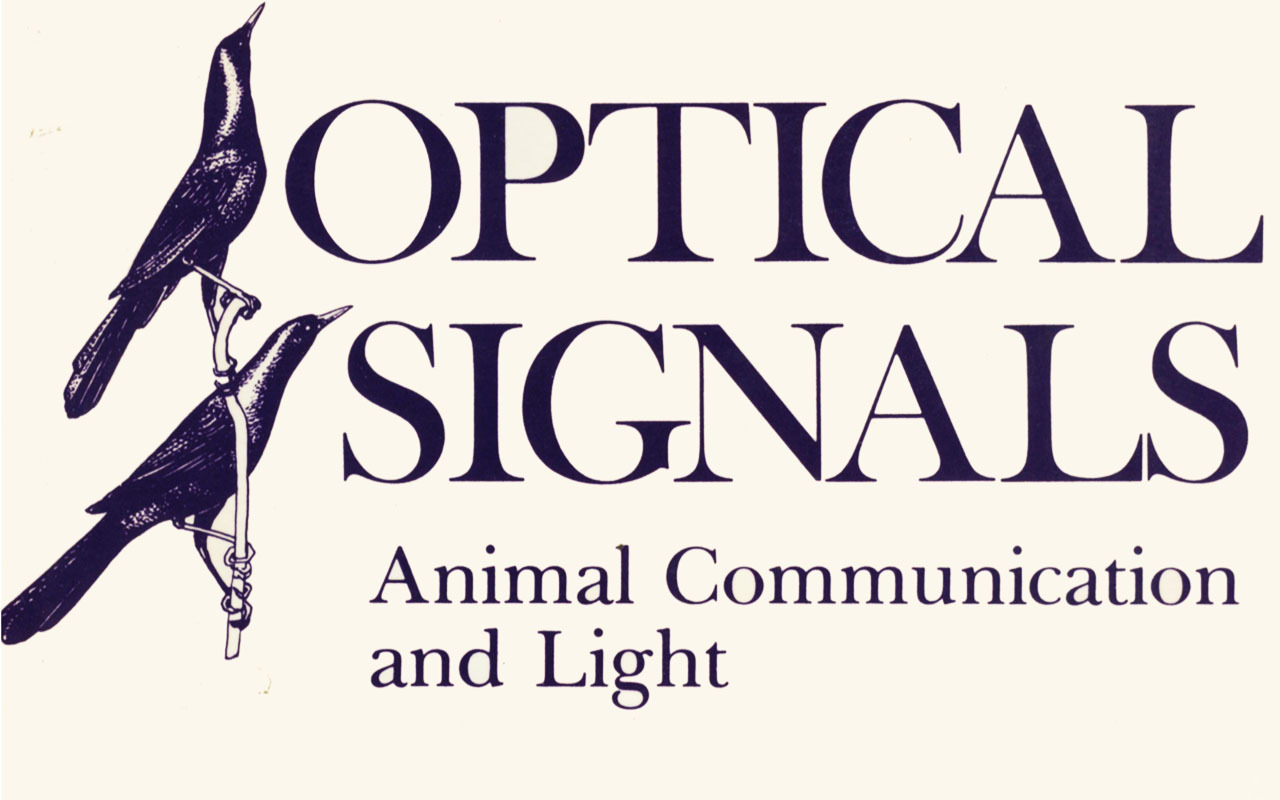Optical Signals
Animal Communication and Light
Why do visual signals have the characteristics that they do? Why do animals (including man) gesture, posture, and move in communicative fashions? Why are animals colored and patterned in particular ways? Optical Signals is the first attempt to answer these and related questions.
After presenting a synthetic framework of social communication, ethology, mathematical information theory, and semiotics, Hailman explains the relevant background: considerations of the physics of light that carry information from sender to receiver, and properties that limit the receiver's ability to get and send information encoded in light. Next Hailman puts together data from different disciplines in order to discover the "design characteristics" of optical signals. The major part of the book concerns these design characteristics and factors that influence them: behavioral patterns and coloration that look like visual signals but are not, principles of visual deception, and the way in which the physical and biological environment structures the characteristics of signals. Lastly, the book considers how the message being transmitted influences the design of the signal itself.

Table of Contents
Metadata
- isbn978-0-253-05073-1
- publisherIndiana University Press
- publisher placeBloomington, Indiana USA
- restrictionsCC-BY-NC-ND
- rightsCopyright © Trustees of Indiana University
- rights holderIndiana University Press
- rights territoryWorld
- doi
We use cookies to analyze our traffic. Please decide if you are willing to accept cookies from our website. You can change this setting anytime in Privacy Settings.


